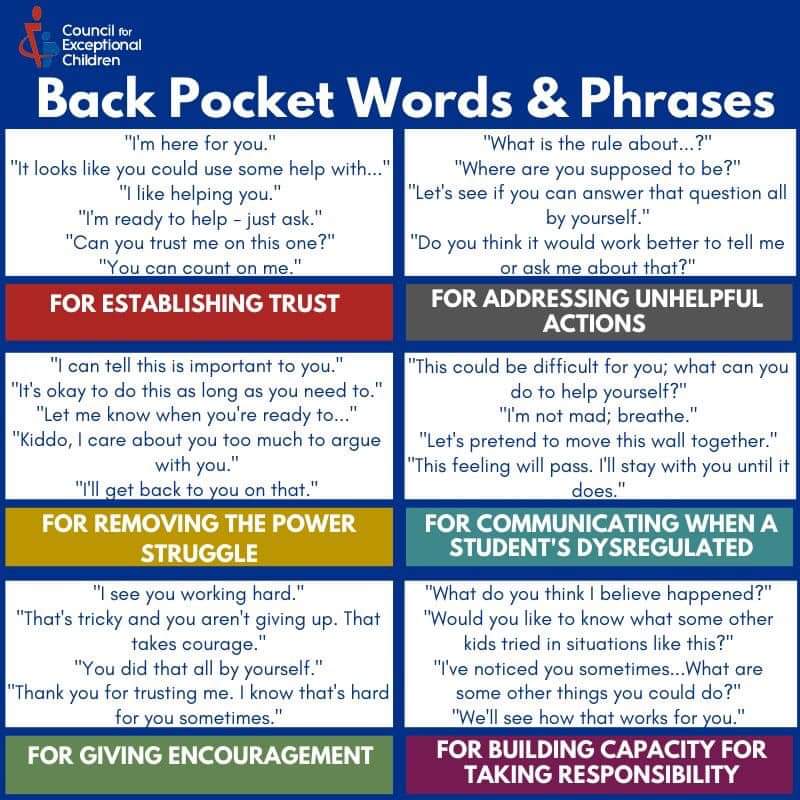10 Ideas for Creating a Trauma-Informed Classroom

A lot of school systems are using a trauma-informed approach in classroom management and are seeing some positive results. Trauma-informed classrooms consider the adverse life experiences of vulnerable children and provide a safe environment that meets the physical and emotional needs of all children for optimal learning. Here are some great classroom ideas to create connection with students based on Trust-Based Relational Intervention® Principles and Strategies for Trauma Informed Classrooms.
1. Say yes to water and snacks.
Allow water bottles and snacks for stable blood sugar levels and hydration. Build in movement breaks for students.
2. Be mindful of sensory needs.
Recognize and be mindful of sensory needs in some children, such as sensitivity to bright lights, loud noises, or tactile aversion. Use noise cancelling headphones, fidgets, weighted items, soft lighting, or consider alternate activities for tactile sensitivities.
3. Use the power of connection.
Have a classroom greeting. Be mindful of your voice tone. Use soft/kind eyes. Praise students’ behavior and follow it up with a character praise: “Thank you so much for picking up the reading corner. You are so responsible!”
Here are some great empowering phrases from the Council for Exceptional Children to keep in mind:
4. See behaviors as survival strategies.
Reframe students’ behavior as survival strategies instead of willful disobedience. Think of it as an opportunity to help them regulate.
5. Take an interest in students’ lives.
Listen, ask questions, have them keep a journal and respond to their journals. Ask a “check in” question to the class.
6. Keep the environment predictable.
Establish and practice routines, such as how to ask a question or where to keep journals etc. Post a classroom schedule and give daily updates about any changes. Provide transition warnings daily: “We have five minutes until lunch”.
7. Give students a voice.
Offer choices (they complete assignments in the order they choose), offer compromises (extend deadlines occasionally) and ask for re-dos (“Can you try that again with respect?”).
8. Practice self-regulation skills.
Try dysregulating activities like dancing in place, ball toss etc., then practice self-regulating or calming activities, such as deep breathing, pressure points, wall pushes, or chair sit-ups. Help students identify their level of alertness by using “engine plates” or “zones of regulation”.
9. Be proactive.
Teach self-regulating skills before they are needed. Help students identify feelings with a thumbs up, thumbs down, or sideways thumb for an “I’m not sure”. Practice labeling emotions and then make a plan for how to handle them. For example, have each student list three things they can do when they are mad, sad, or scared.
10. Play!
Last but not least …HAVE FUN! Playfulness disarms the fear response in children.
Written by Angie Woodhead, LSW
Social Worker, TBRI® Practitioner, and Making Sense of Your Worth Facilitator at The Maine Children's Home for Little Wanderers
